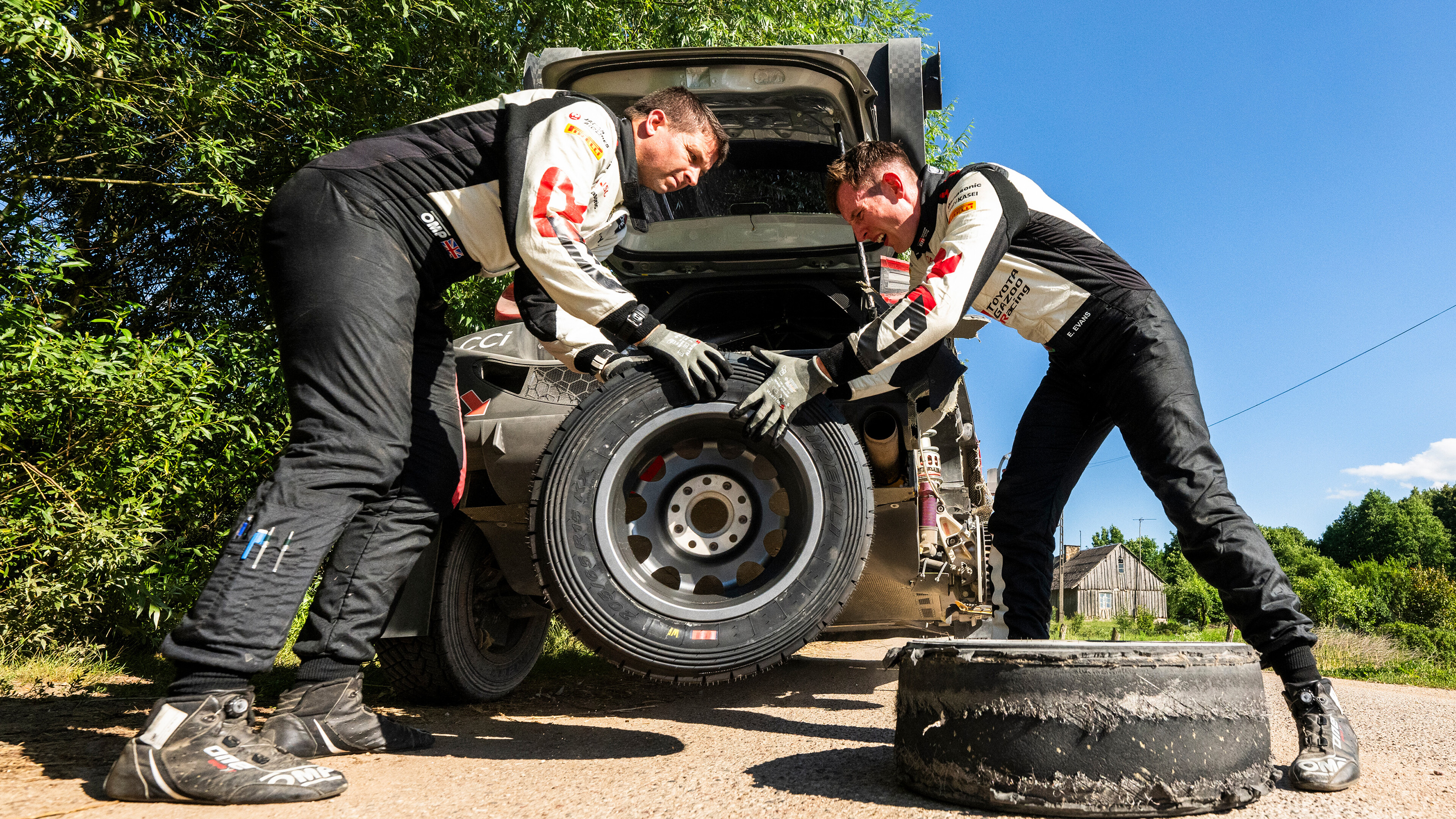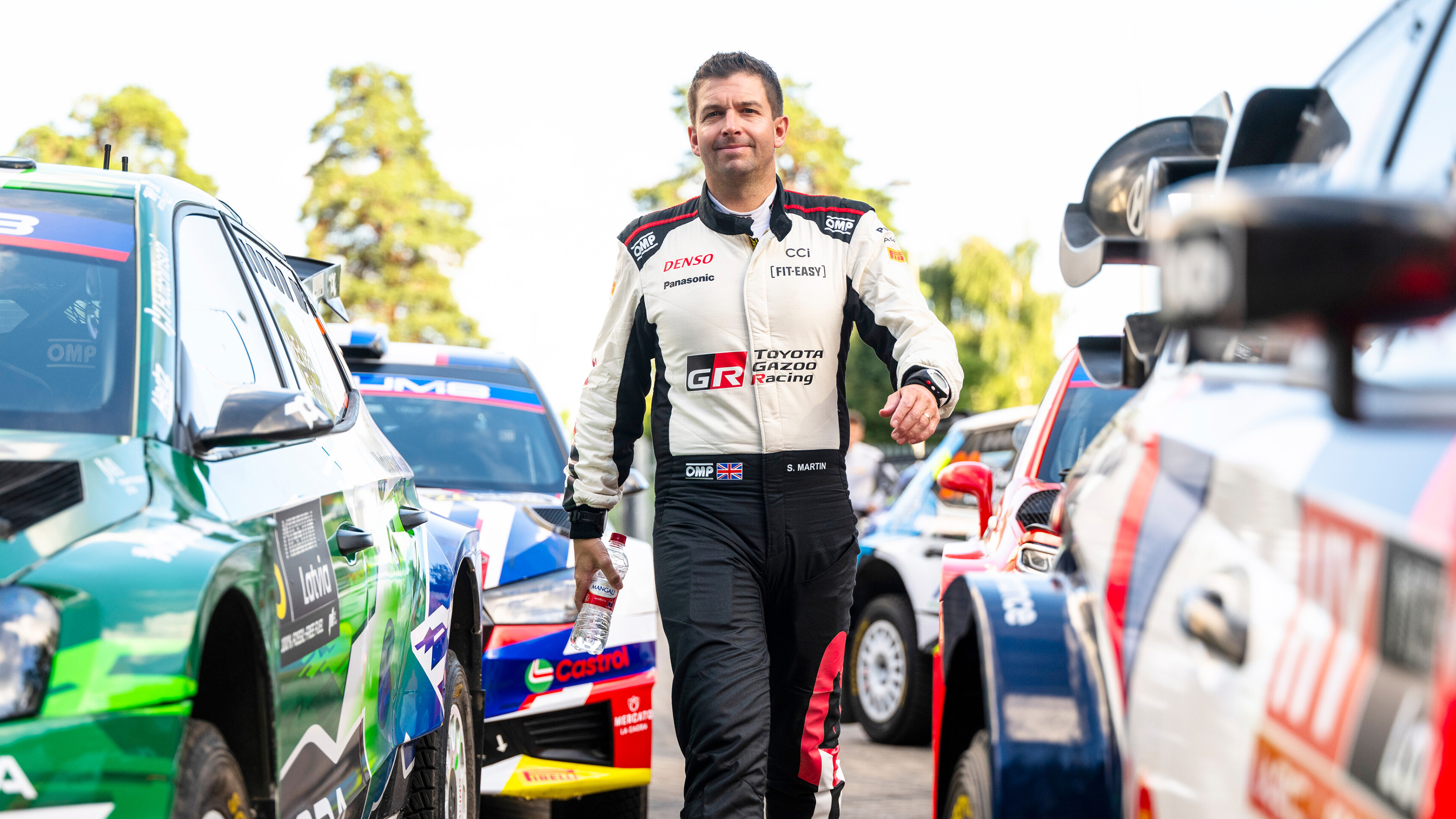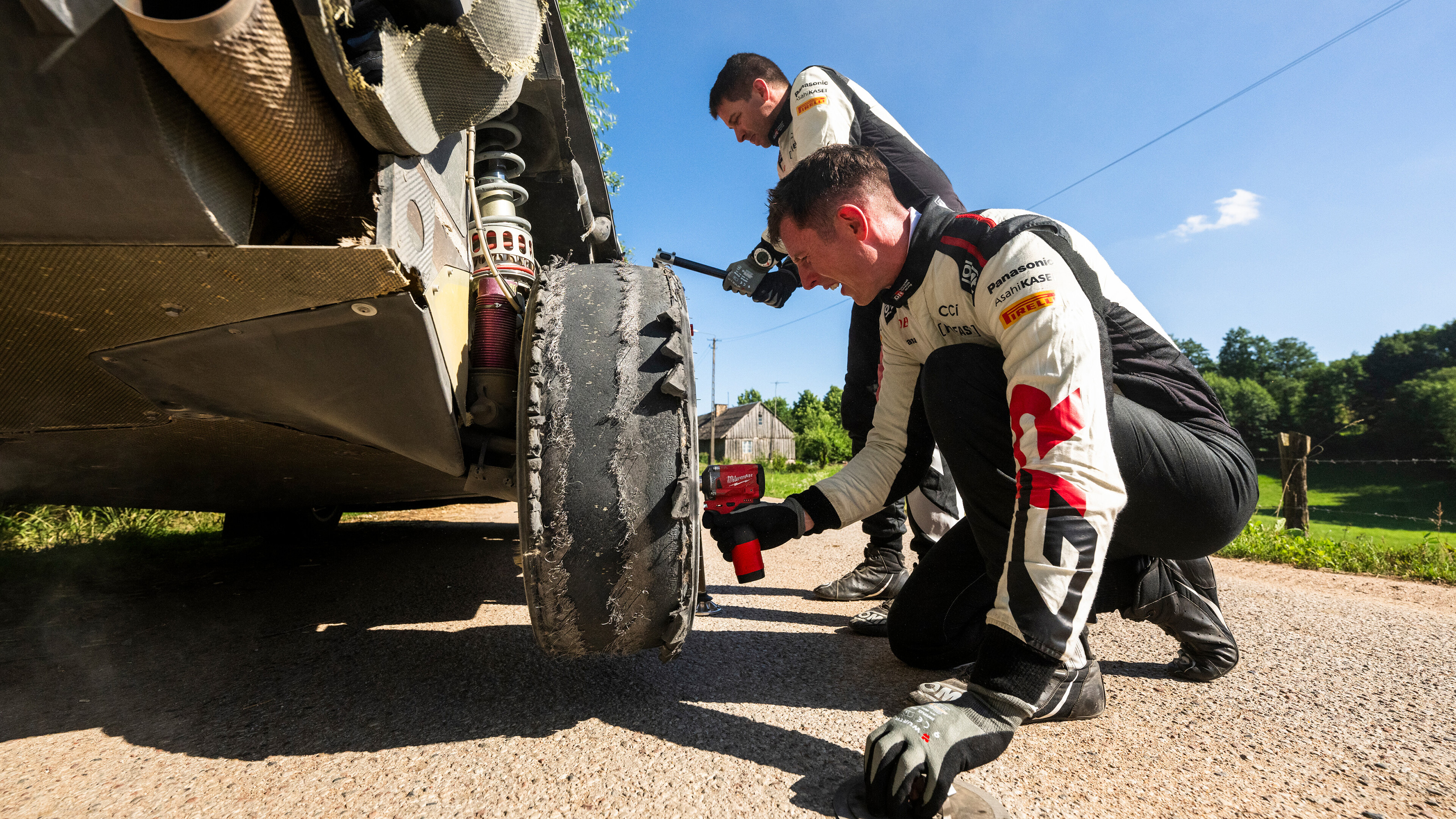
Are co-drivers the most underappreciated people in motorsport?
In rallying, you’re nothing without the person who’s agreed to strap in for the ride… TG chats to Toyota's Scott Martin
Who’d be a co-driver? You have to be a pace note expert, master navigator, hero mechanic and emotional support animal; be prepared to strap yourself into an outrageously fast roll cage on wheels with no control over it or the things it might bash into, and if by some miracle you manage to miss snow banks and trees and ravines… it’s the drivers who get the acclaim. Sounds like a thankless task to us.
Scott Martin – wingman to Toyota’s Elfyn Evans in the WRC – has been co-driving for more than 20 years. He started out as a mechanic with M-Sport in 1998 not long after he’d finished school, and after four or five years travelling the world with the team he began to co-drive as a hobby.
Back then he admits “the driving looked a more exciting thing to do”, but he quickly realised it required exceptional talent and exceptionally deep pockets to sit on that side of the car. No matter: his line of work had given him a front row seat on life as a co-pilot.
“Whenever the car would come into the service bay, I would always be on the co-driver side,” he explains. “So when I started working, I was quickly onto the co-driver mentality, and looking at ways to learn what they did, how they did it.
“And then one thing led to another…”
Martin started learning his craft at a national level, before making his World Rally Championship debut alongside Matthew Wilson in a Ford Focus RS 02 at Wales Rally GB in 2004.
Over the following years he progressively built up more experience, teaming up with Wilson again for a first full season in 2008. Their partnership lasted four years and saw them routinely finish in the top 10 with almost metronomic consistency.
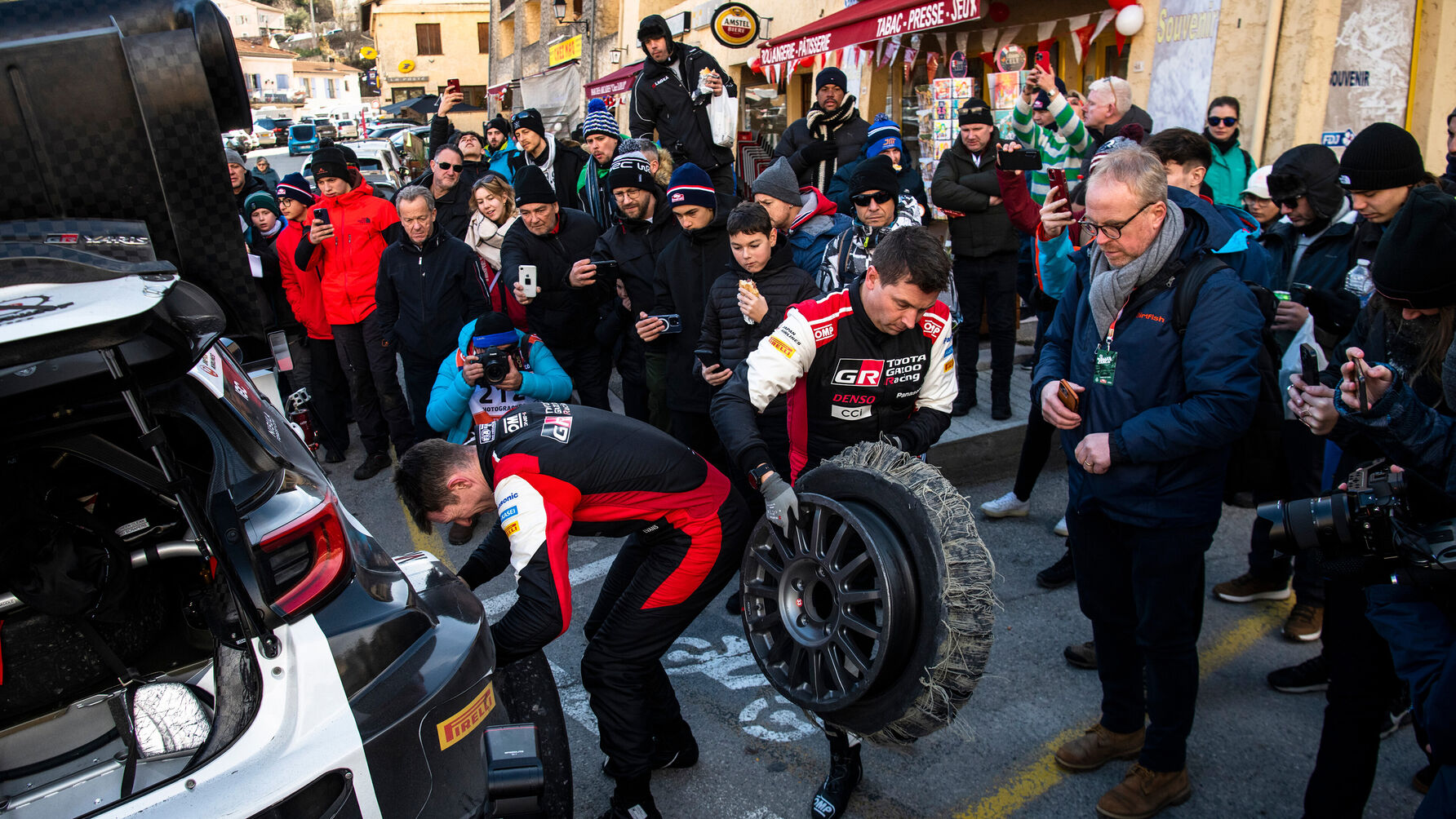
Martin would have to wait until 2016 for his first outright podium – third place at Rally Finland alongside the late Craig Breen – and it wasn’t until 2020 that he climbed onto the top step of the podium with Evans, at Rally Sweden with Toyota.
Together they’ve bagged 30 podiums and eight wins, but the world title has proved desperately elusive so far. Four times they’ve finished as runners-up, most painfully in 2020 when they slid off the road at Rally Monza having gone into the season finale as the championship leaders. Fine margins.
What sort of qualities do you need to be a co-driver? “Obviously motion sickness can’t be something that you suffer from,” he laughs. “And then I think you have to be calm, to be organised; good time management. Because the drivers are under real, intense pressure, and you have to try and give them confidence, keep them relaxed.
Top Gear
Newsletter
Thank you for subscribing to our newsletter. Look out for your regular round-up of news, reviews and offers in your inbox.
Get all the latest news, reviews and exclusives, direct to your inbox.
“Even if you have the worst nightmare going on, you try to stay calm. Panicking is only going to make things worse. And expect the unexpected, because honestly, I’ve been in the sport for so long and still things surprise me.”
You’ve got to love it too, says the 43-year-old. “You dedicate a lot of time, a lot of effort, a lot of sleepless [nights]. It’s really time intensive, and the more work you can do, the better prepared you're going to be. You never stop learning, especially the way that the world's moving so fast.”
So much has changed over the course of Martin’s career. Not just the cars (WRC introducing hybrids and then abandoning them again just three years later is a 180 any driver would be proud of) but in terms of prep too. When he started out he used to do recces with no sat nav: nowadays they’ve got fancy GPS, a trace of the rally route on a handset and, if all else fails, Google Maps.
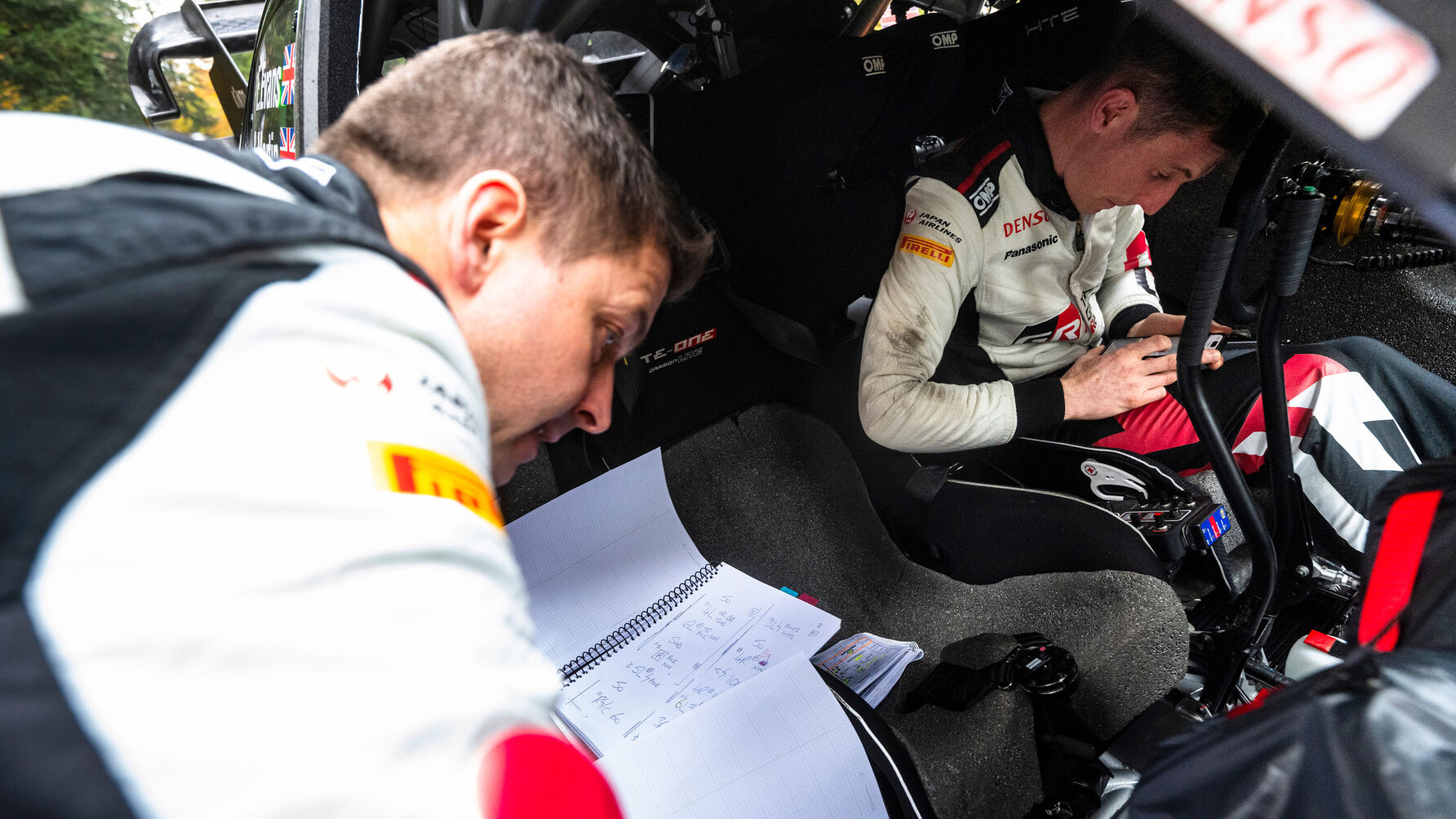
And even with all of the resources that come with being part of a factory team – on-board cameras, personnel to ease the workload – the “intensity seems to be a lot higher now than it used to be,” says Martin. He reckons the levels of professionalism are creeping up in all sports, and rallying is no exception. “The gaps, we're fighting for tenths,” he says. “Whereas before I think the gaps weren't as close.
“It’s difficult. Everyone's having to look into the really, really small details. And you have to do it all the time. And keep doing it, because the competition’s so tight and the margins are so small that little details can make a big difference to your weekend.”
And now matter how much homework he does beforehand, when it comes down to the crunch, Martin only has so much influence over the outcome from his seat as the scenery blurs past his field of vision. That’s got to be relentlessly terrifying, right?
“For sure it can be. But these guys have co-driven for their drivers for quite a few years. They know how they drive. You're super focused on the job. And generally you don't think about anything else apart from delivering your pace notes at the perfect time.
“Sure, there's rallies you go to when you're thinking ‘Oh my God’... you don't have to do a lot wrong and you can have a big crash. You just don't have time to think about it.
And as much trust as driver and co-driver place in each other’s skills, they both have to accept that sheer misfortune means that shunts are grimly inevitable. “The ones that look more violent from the outside – and go on for multiple rolls – are sometimes the better ones!” Martin grins. “The ones that stop with a very heavy impact, they're the ones that are not so nice. There's a risk in life everywhere, but that’s what we accept.”
In his view it’s harder for the driver to deal with that, because they’re the ones deciding when to push the envelope. “How they do it, I don't know. It amazes me every time I get in the car how they manoeuvre it. When I drive [the car] on the road section, it feels like a tractor. But when they're driving it through the stage at these speeds, it feels like a little go-kart.
The ones that look more violent from the outside – and go on for multiple rolls – are sometimes the better ones!
“I feel quite lucky to be sat in the seat with these guys.”
In a championship battle – where every point is vital – does he ever feel the need to lean across to Elfyn and remind him of the bigger picture? “I don't feel like I have to, but I want to sometimes. If I feel something and I think something, I say it. But also, I don't have a crystal ball, I don't know how things are going to pan out.”
In 2025 Evans and Martin will get another shot at the world title (their win at Rally Japan last month secured them second spot again) although objectively it will be harder with Kalle Rovanperä returning to a full-time programme with the team. The Finn took the rallying equivalent of a gap year in 2024, going part-time to try his hand at other disciplines and (presumably) tend to his flock of M3s. And he still won four rallies, more than anyone else in the field.
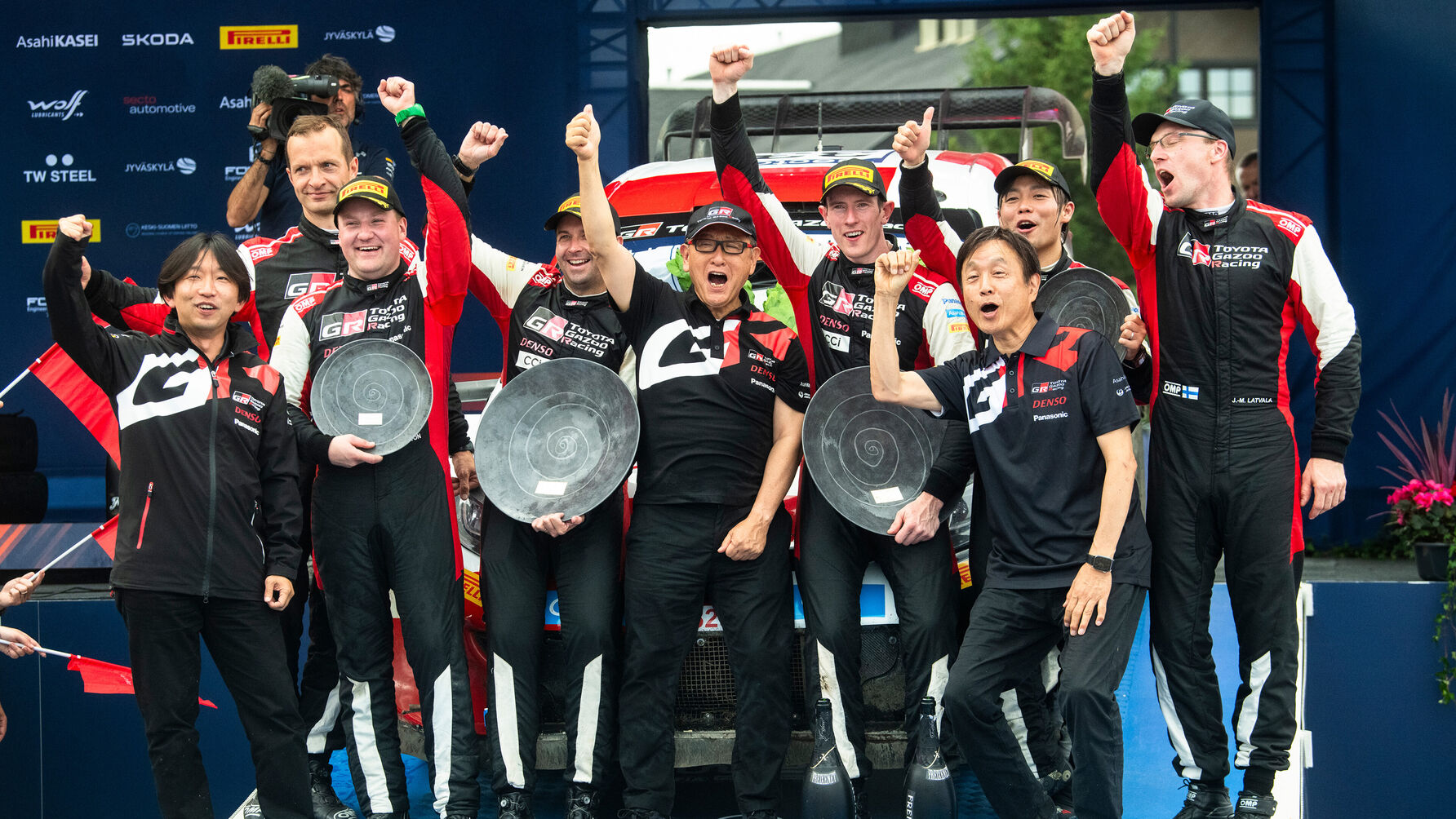
“That’s the dream,” says Martin of the world title, of which there is a separate but inseparably-linked co-drivers championship. “We've come close a couple of times. I think we have all the ingredients to make a real go at it, and we'll keep fighting until, well, we can't.”
And does he think co-drivers get the props they deserve for their efforts? “I'm happy,” he says. “I think we get a good recognition and people that have had a co-drive in our seats on the shakedowns can really see how exciting it is. And how difficult it is to do our job.
“There’s been some things in the past where the co-driver maybe hasn't been valued as they should be. But that’s changing, you know? There's a lot of people maybe documenting what we do behind the scenes, and we want to try and give that to young, aspiring co-drivers. Show them what it's like.”




